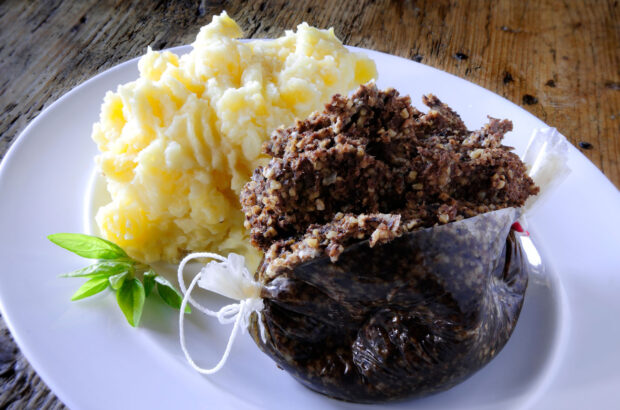There were 923 ha of vineyards planted in England back in 2006. By 2010, the figure had reached 1,324 ha; it’s probably around 1,500 ha now.
Even the La Revue du Vin de France recently gave English sparkling wine a cautious thumbs-up. With climate change on its side, quality rising annually, plenty of wealthy investors nearby and a re-enthused and patriotic domestic market, English wine growers should be rubbing their hands at the prospects for 2012.
Many, though, will be scrutinising their vineyards during the coming growing season with more than usual anxiety. Phylloxera exists in the UK (it was first identified, remember, in a greenhouse in Hammersmith in 1863); I understand it’s been found recently in a number of UK vineyards, and is probably present in a great many more without their owners being aware of it. That, though, is more anecdotal than problematic: the rootstocks should cope.
A much more serious potential problem for the UK is trunk disease – or diseases. They are caused by fungi; they can impair the performance of, and eventually kill vines; and they seem to be particularly prevalent in the UK on young, recently planted vines. To what extent? No one yet knows.
“The next two years will be dramatic,” one grower with badly affected vineyards predicts. “Like galloping horses.” “I’ve always maintained,” says Chris Foss, head of the Wine Department at Plumpton College, “that the industry underestimates the importance of trunk diseases and we are taking this issue very seriously.” One former Plumpton student and now an independent viticulturalist, Jim Newsome, has produced a trunk diseases review which can be downloaded here. And last Friday January 20th, there was a Masterclass on the subject held at Denbies vineyard with Dr Richard Smart, one of the world’s best-known consulting viticulturalists, and Italian specialist Dr Laura Mugnai, the chairperson of the International Council of Grapevine Trunk Diseases.
Dead arm, black measles, dieback and black goo: the common names for some of these trunk diseases are as graphic as the results. The two most threatening at this stage look to be Botryosphaeria (sometimes called ‘bot canker’), and Cylindrocarpon (sometimes called ‘black foot disease’). The former is easily transferred via pruning wounds. Worryingly, though, both diseases may already be present in recently planted nursery stocks. “They were dirty vines, doomed to failure,” lamented one UK grower, surveying his dying young Cylindrocarpon-affected plantings (see photograph above, the diseased vine still in its nursery wax).
There are other trunk diseases, too. Esca (‘black measles’) has been known for longer in the UK; Petri disease (‘black goo’), based on some of the same pathogens as Esca when present in young vines, is a more recent arrival. Eutypa (‘dead arm’), by contast, does not seem to be a significant problem in the UK, though it exists in some older vineyards.
Australian Richard Smart has recently relocated from Tasmania to Cornwall, and has been consulting to the Plumpton-organised Wineskills training initiative under whose auspices the recent Masterclass took place. “I would guess that 90% of English vineyards are affected by trunk diseases, especially Botryosphaeria,” he told me. “Winegrowers here weren’t aware of these diseases until I pointed them out. A lot of folk are in denial about the situation, especially those whose vineyards have had disease for many years and hadn’t seen it. I’ve now visited over 35 UK vineyards, and I’ve seen Botryosphaeria in all but one. There was a nonchalance about dying vines in the UK. People would say to me, `Well, vines die.’ But they don’t just give up and die. There’s got to be a reason for it.”
The UK isn’t alone in facing these problems, of course: trunk diseases are on the rise globally, and some believe they are now the wine world’s biggest viticultural challenge. One particular aggravating factor for the UK with Botryosphaeria, though, is that it is naturally present in woodland – and the ubiquity of small strips of woodland and hedges in the UK’s winelands may be upping infection rates. England’s generally mild winters don’t help either. Imported vines, though, seem to be the main problem.
What can growers do about Botryosphaeria? “There is no cure,” says Smart, “unless you detect it in a vine early, which is difficult. If you wait until you see the problem, the vine is pretty sick. The way to prevent it spreading is to remove the infected plants, treat pruning wounds, and replant.”
Nonetheless he isn’t pessimistic. “It is in a lot of vineyards, but only in a small percentage of plants in those vineyards. I think with wound protection, we can get over it. When I talk to people about it, they’re generally unhappy, but I tell them they should be happy. We know what the disease is, we know how to stop it spreading, and we know what to do about it. I think that’s good news.”
Written by Andrew Jefford







